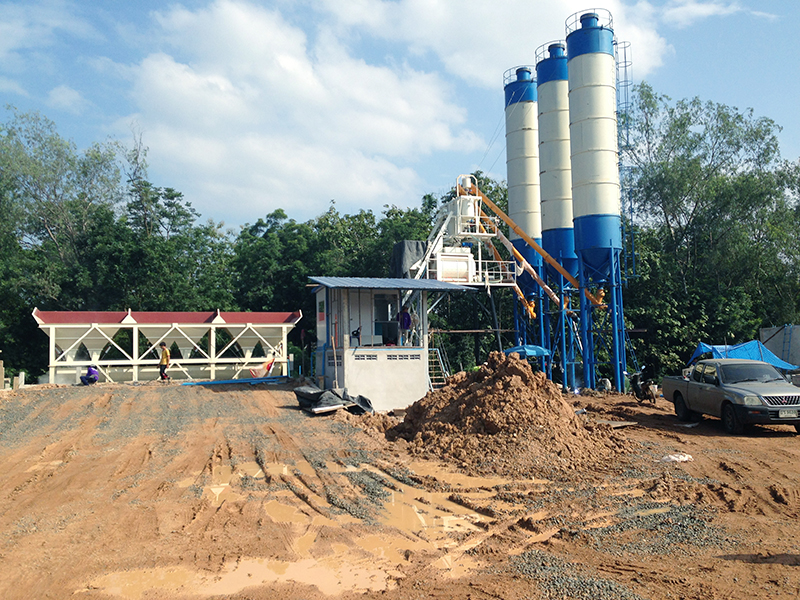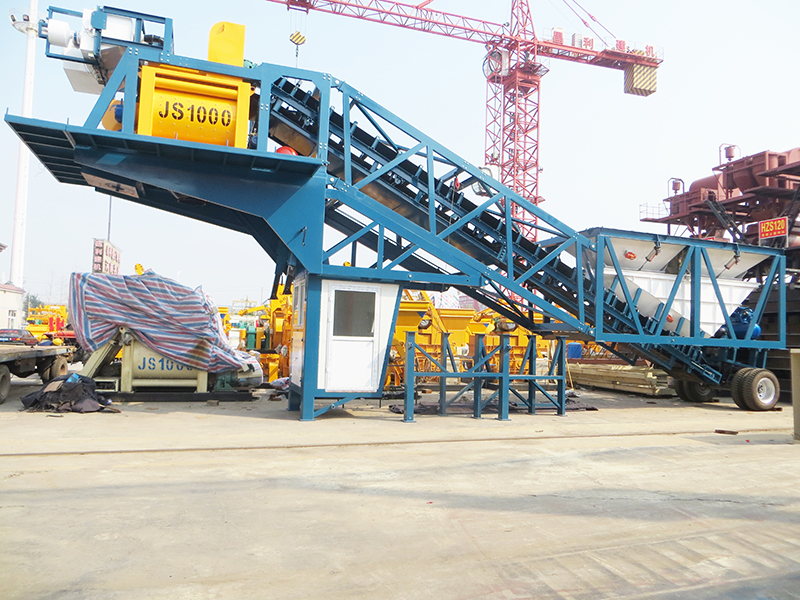Builders recognize the importance of a concrete mixing plant in their particular construction projects. The construction sites have numerous applications of concrete in various fields of the project, and builders require a constant fresh supply of this material. With a concrete plant in your site, it enables you to save on resources, workforce, and fuel by minimizing the requirement for trucks and lowering the transport time.
A batching plant/ concrete mixing plant(planta mezcladora de concreto) could withstand large quantities of rocks, water, gravel, and sand to allow huge batches of fresh concrete. Mixing plants are of two kinds: the central-mix batch plants and the ready-mix batch plants.

Which one is the right one for your project?
Your choice is dependent on your distance and preference of the job site. If your plant is farther from the site, ready-mix/(premezclado/) dry batch plants would be ideal. Adding the water afterward enables you to have a fresh concrete batch. However, central-mix/ wet batch plants are an excellent option if you’re able to install it closer to the construction site. The concrete mixing plant type you select would be determined by the cement quality you need, your project’s timeline, your budget, and a few more considerations listed below:
– The Performance Label – This helps in choosing the type of mixer host. Activities such as water conservancy projects should pick a twin shaft forced concrete mixer type. What’s more, the cement silo and the concrete batching machine should be chosen depending on the types of concrete materials.
– The Quantity of Concrete Involved and Construction Period – In case you’re operating on a site that needs one-time pouring of concrete in massive quantities, with high-quality requirements(requisitos de alta calidad), and lack of a concrete batching plant around, the ideal option would be two sets of small-sized batching plants.
– The Construction Tasks and Period – These two parameters can be useful in choosing the size of the batching plant. Another factor to be considered in the selection is the transportation of the final concrete, for instance, vehicle delivery or pumping. Additionally, the transport vehicle’s capacity is an essential basis for determining the mixing plant.
– The Transport Distance – If the construction site you’re working on is extensive, but the distance between the site is not that far, you should make sure that the concrete mixer truck has a transport radius that is not exceeding 30 minutes, while the dump truck delivery is below 10 minutes. Such considerations would help in improving the utilization ratio of the batch plants, as well as the economic advantage of the construction.
– Site Traffic – Inconvenient site traffic causes the maintenance staff(personal de mantenimiento) to spend most of the time entering and going out of the site. In such a case, the most suitable option would be two small-sized batch plant or make ready enough spare parts. This will make sure that the construction project runs smoothly and effectively.

Selecting the right concrete batching plant can be a daunting task to any builder or project manager. Ensure you consider these factors carefully when choosing a batching plant.